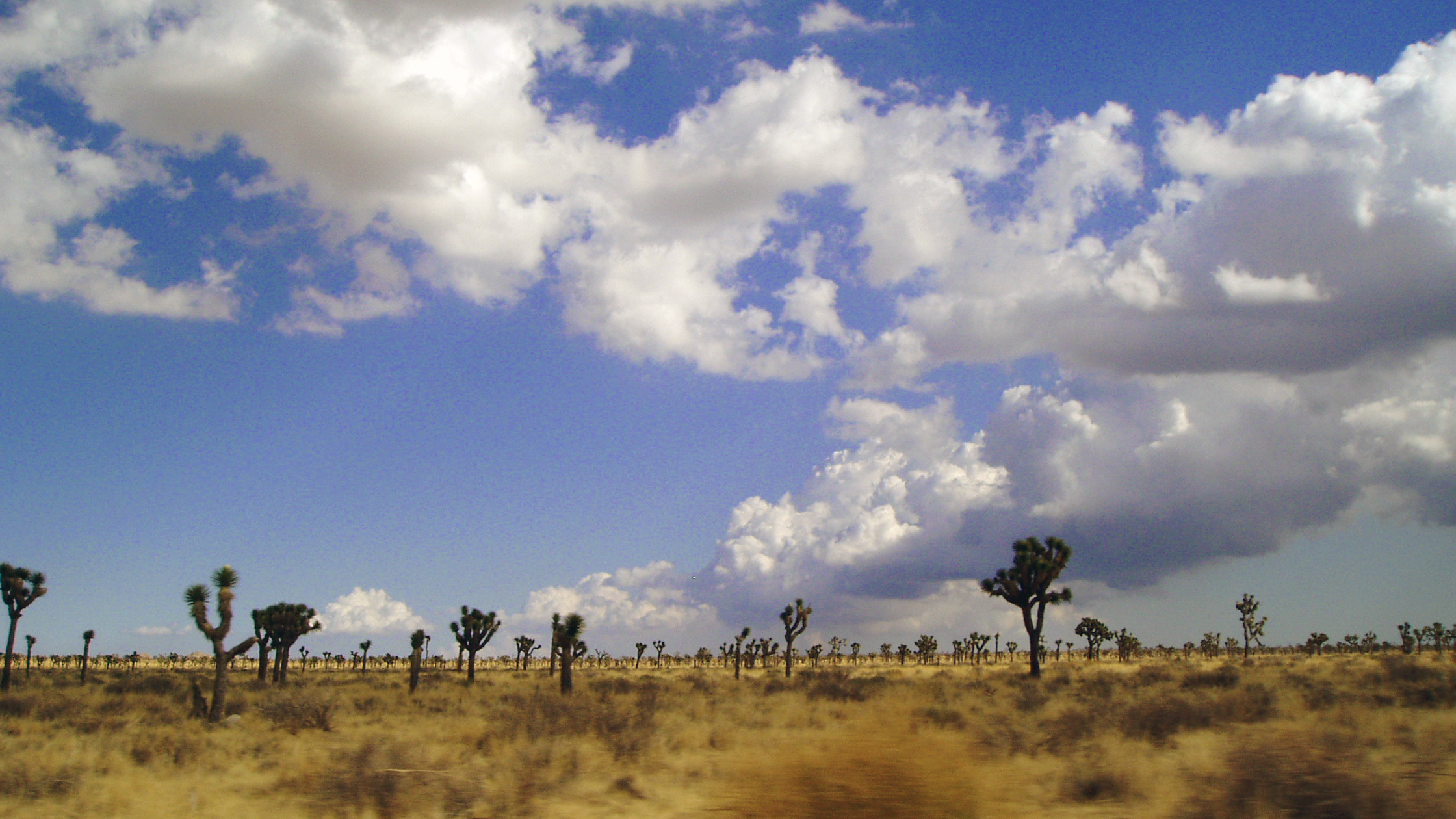YESTERDAY I ATTENDED an event that will never be repeated in your or my lifetime. It was a viewing of the transit of the planet Venus across the face of the sun. That’s something like a solar eclipse by the moon, except much rarer and quite a bit harder to observe since Venus is much farther away.
The kind folks at the Loews Ventana Canyon Resort here in Tucson hosted the afternoon on the hotel patio, and scientists from The Planetary Science Institute, also based here, were our very enthusiastic guides. They set up several specialized solar telescopes for public viewing and presented a series of lectures which explained what was happening and what it meant, astronomically speaking.
The story of the transit of Venus is as much about cultural history as it is about science. For many centuries, natural scientists have been aware of the relative movement of the sun, moon and planets. Venus is the most visible object in the night sky, after the moon itself, but it is not normally visible in the day time. The transit itself happens in pairs, eight years apart; pairs then follow alternately by spans of 121½ years and 105½years. This makes it nearly impossible for a single observer to study.
According to the PSI scientists, it took several centuries for European astronomers, working in concert, to recognize and work out the basic facts of the transit. Once they did get it figured, it yielded important insights about such matters as the distance and size of the sun and whether more distant stars might also have planetary systems.
With the special telescopes it was easy to for us guests to observe the dark dot of Venus as it crept slowly across the solar disk. Several sunspots and solar prominences were a fascinating bonus. The lecturers had tons of anecdotes and insights about what could be learned from observing and measuring the transit.
Since I tend to view our world (and other worlds!) through the peculiar lens of the retail marketer, I was bound to consider what lessons we might derive from the transit of Venus. Several learnings came to mind:
You can see a lot just by looking.* The transit of Venus is hard to view due to the overwhelming brightness of the sun, but as I learned yesterday it’s not that difficult if you have a plan and the right scope. Active observation is key. This made me think about the challenges of in-store sensing and of capturing shopper insights in general. Valuable observations don’t happen by accident; they are a result of carefully planned and executed practices. (*Props to the Yankee sage Yogi Berra.)
Some misses are forever. June 5 marked your last chance to see a transit of Venus. It won’t happen again until 2117. Luckily astronomers recorded this event, so you may watch the video. How many merchandising opportunities and rare marketing insights pass us by just like this? What can we do now to ensure that we don’t miss out on future learnings that may enable us to to be better prepared for the next window of opportunity? In retail merchandising and marketing, it begins with active sensing and collaborative data sharing.
Long cycles are hard to track. Under the most fortunate of circumstances, an individual astronomer gets to see the transit of Venus twice in a lifetime. Many never see it once. Even the lucky ones must count on other recorded observations to grasp its periodicity. With such a slow rhythm, it’s tough to draw reliable conclusions about the nature of the phenomenon. In the product marketing world, we discover that fast-turning consumable products offer some informational advantages as compared with infrequently purchased, higher consideration products, like cars, TVs and appliances. With many fewer data points and behaviors to draw upon, slow-moving consumer goods engender a less granular picture for marketers.
Sometimes you just need a team. Understanding the transit of Venus and its implications has required numerous observations separated by both time and physical distance. The relevant data has been collected by teams of scientists and coordinated among them with a common intent. Consumer insights also accumulate from observations collected across many locations and moments in time. You can’t unlock their potential alone. The implications are too vast, and the effort must be shared and sustained over time to reveal actionable insights and best practices.
The transit of shoppers through retail stores can reveal insights that we can best capture through systematic tracking and observation. When we can get the shoppers themselves engaged in documenting and sharing their actions and preferences – as through mobile devices – even greater wins are possible.
© Copyright 2012 James Tenser


